Tourists and shoppers walk under neon lights on Nanjing Road, Shanghai
BEIJING, March 11 (TMTPOST) -- Chinese Premier Li Keqiang has rebutted the media’s description of the economic target for 2022 of around 5.5% as “ambitious”, saying that it is pragmatic in light of fiscal, monetary and employment polices that align with the target.
In response to a question from Associated Press during an online press conference at the end of the Fifth Session of the 13th National People’s Congress, China’s top legislature, Li said on Friday that some reporter asked about the same time last year whether China’s economic growth goal of 6% for 2011 was too low.
He explained that the formulation of China’s macroeconomic policies, including fiscal, monetary and employment polices, was in line with the 6% goal. The 2021 goal gave Chinese policymakers some license to reduce budget deficits and deleverage, creating a favourable environment for the government to tackle challenges in 2022.
“We realized that 2020 was a year with slow economic growth, thus China was highly likely to achieve economic growth as high as 8% or even higher last year,” said Li, who holds a Ph.D. degree in economics from Peking University. “The goal for 2021 was above 6%, which meant that we were happy to see faster economic expansion.”
In retrospect, he reviewed the monetary policy in 2020. “Under tough circumstances, we did not adopt an expansionary monetary policy by printing more money. China’s consumer price index (CPI) was less than 1% last year and the year to date while many countries in the world are experiencing high inflation,” he said, adding that China’s policies were based on its own conditions and he did intend to comment on the economic performance of other countries.
Citing China’s economic size of over RMB110 trillion in 2021, Li explained that high growth for any large economy is arduous in itself, let alone potential complex geopolitical risks and other uncertainties.
Li said that China’s economic size was over RMB50 trillion a decade ago and a GDP expansion of 10% used to equal an increase of RMB6 to 7 trillion in GDP. However, a mere 5.5% target this year would mean an increase of RMB9 trillion in GDP.
He used an uphill journey to explain China’s economic target. “It is just like climbing a mountain. If you climb a 1,000-meter-high mountain and your goal is to climb 10% of the height, that would be 100 meters; now the mountain is 3,000 meters high, just 5% of its distance would be 150 meters. The higher you get, the less oxygen and the lower barometric pressure. Now it feels slow, but the accomplishment is more.”
According to the National Bureau of Statistics, China’s economy grew by 8.1% in 2021 and contributed to about 25% of the world’s economic growth. About 12 million jobs were created last year, up from 11.9 million in 2020. Per capita disposable income rose by an average of 5.1% in 2021 and 2020 to RMB35,128, entrenching China’s position as an upper-middle-income country.
“Economic growth of 5.5% is a stable pace on a high level, which is actually progressive and not easy. The growth must be supported by corresponding macroeconomic polices,” he said.
He elaborated on fiscal policies. China aims to slash its budget deficit by more than RMB200 billion to 2.8% in 2022, while increasing its fiscal spending. The spending mainly comes from unused profits of specified state-owned financial institutions and monopolistic institutions as well as a dedicated fund to stabilize the budget.
Hefty Tax Cuts in 2022Li said tax and fee cuts are most effective among all measures to stimulate the economy. He recalled talking to a dozen of entrepreneurs in eastern China last year. They said they had difficulties in business operations and wished the government would unveil more supportive policies. He told them that the central government has a war chest but it needs to be used collectively. “We have three options but you have to pick one. The first is to invest heavily and you may get orders from the government. The second is to hand out coupons to consumers, which will stimulate consumption directly. The third is to reduce corporate taxes and fees, stabilize employment rates and promote investments and consumption. They were silent for a while and then answered almost simultaneously that they prefer the third option,” Li said during the press conference.
“Based on the reports I’ve received this year, businessmen generally see tax cuts as their first choice. Fertilizers should be placed to the roots of a tree. If the roots are strong, the tree would have lush green foliage,” he explained by using a metaphor.
Li said some worry that tax cuts would not be as effective in the past few years because of marginal effect. He emphasized that tax cuts and tax rebates will be implemented at the same time in 2022 and the total amount would be RMB2.5 trillion. In 2020, the toughest year in decades, China survived economic difficulties thanks to tax slashes. This year, China will prioritize VAT rebates, which will total RMB1.5 trillion.
China will rebate tax money to micro and small enterprises first because they employ a vast majority of workers. Now it is their toughest time of a year and China will try to refund withholding taxes to them completely by late June. The rebate of withholding taxes to manufacturing companies must be completed by the end of this year.
Li, who became Chinese Premier in March 2013, confirmed that this year marked the last time for him to give a press conference as head of the government. He will step down next year at the end of his second five-year term. He reiterated the fundamental principles of his government – economic development coupled with the promotion of the people’s welfare and social development.
关键词: English


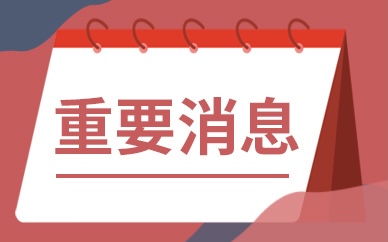




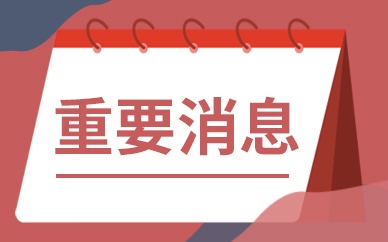

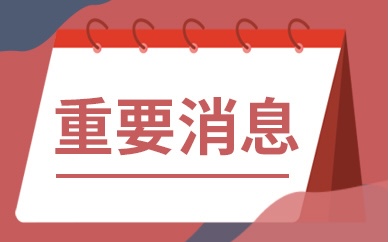



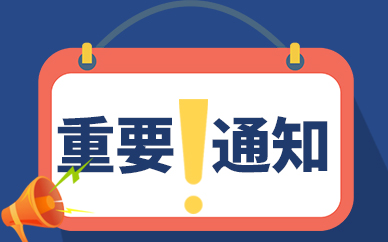
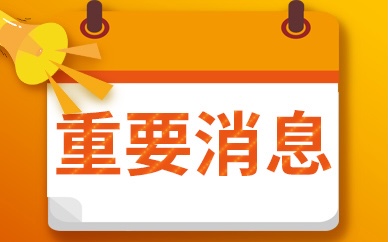

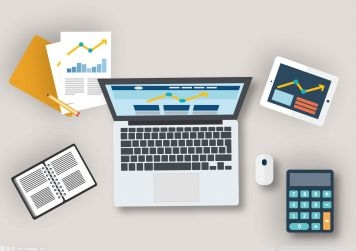

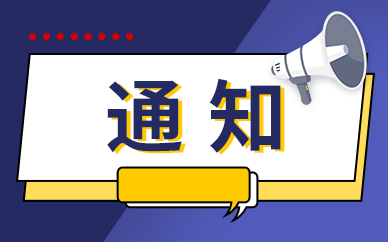

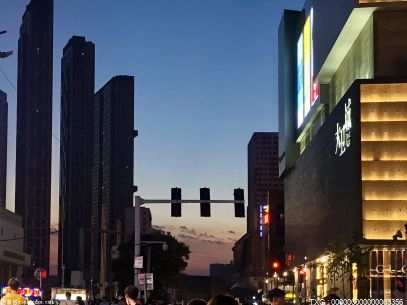
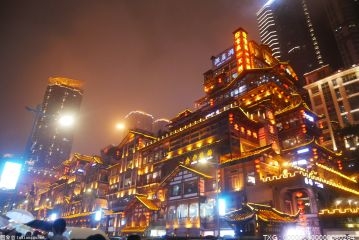

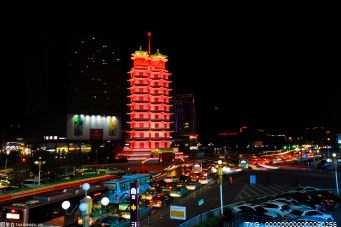
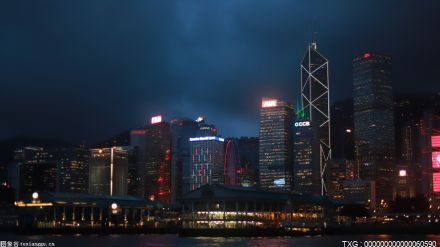

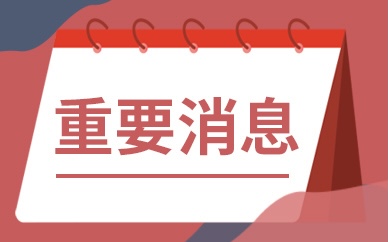
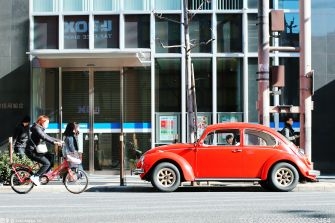
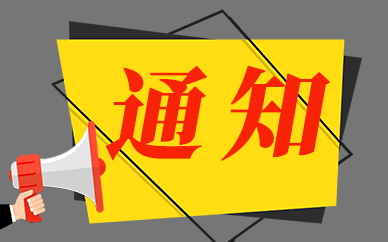
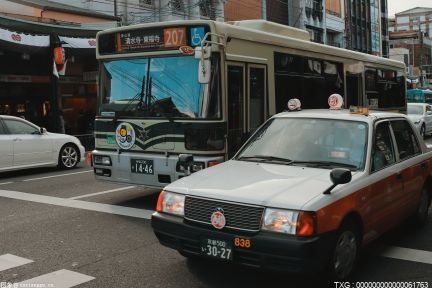
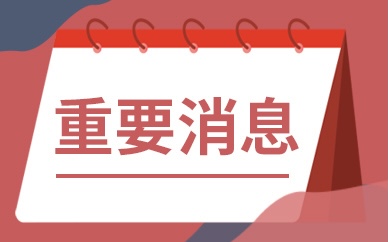

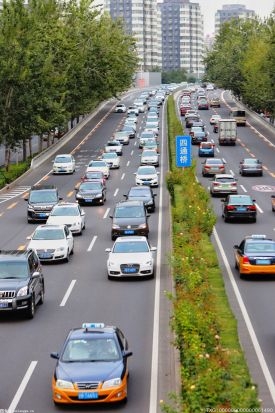
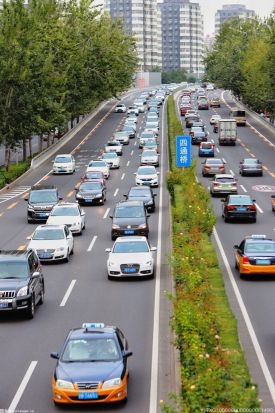

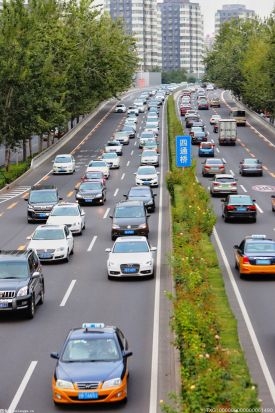


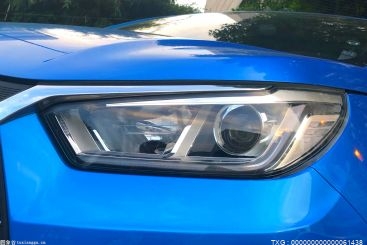




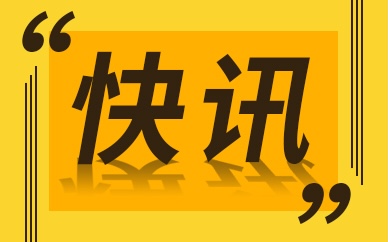
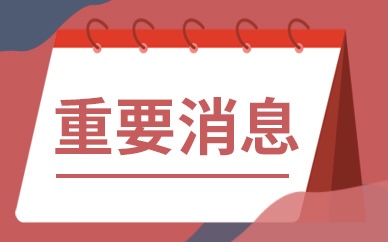


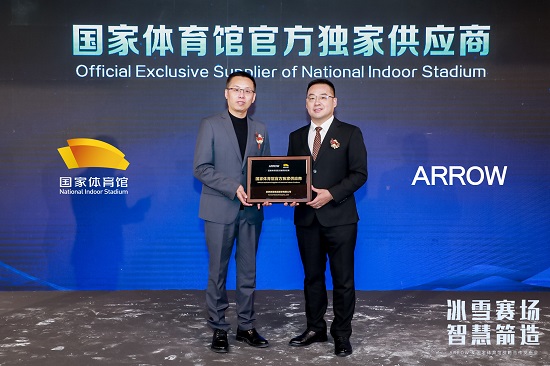

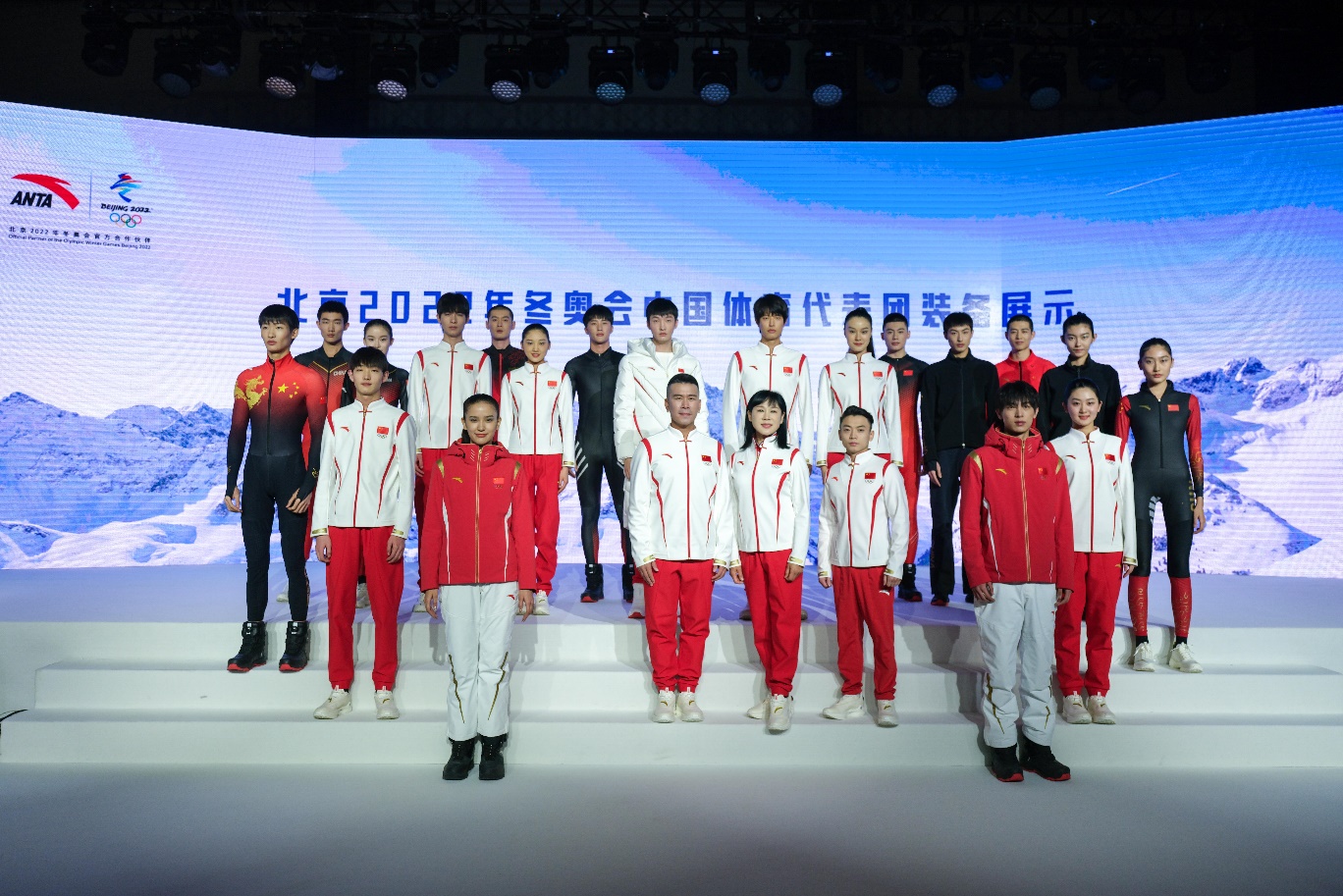



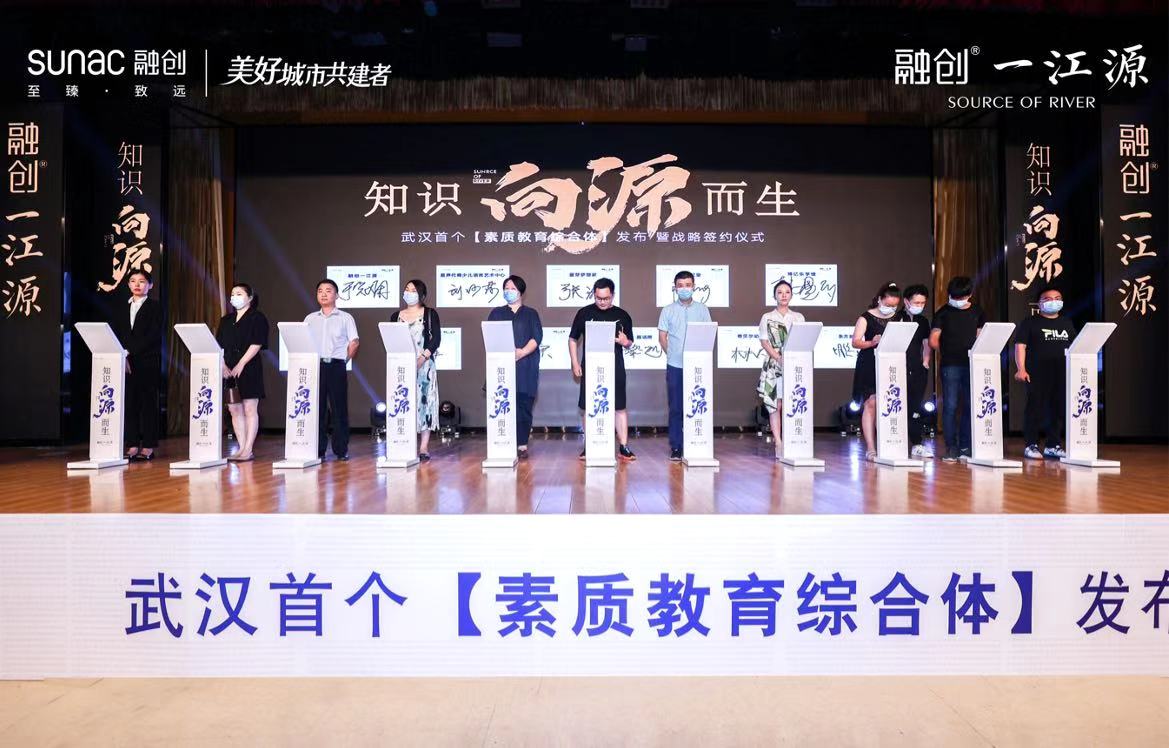
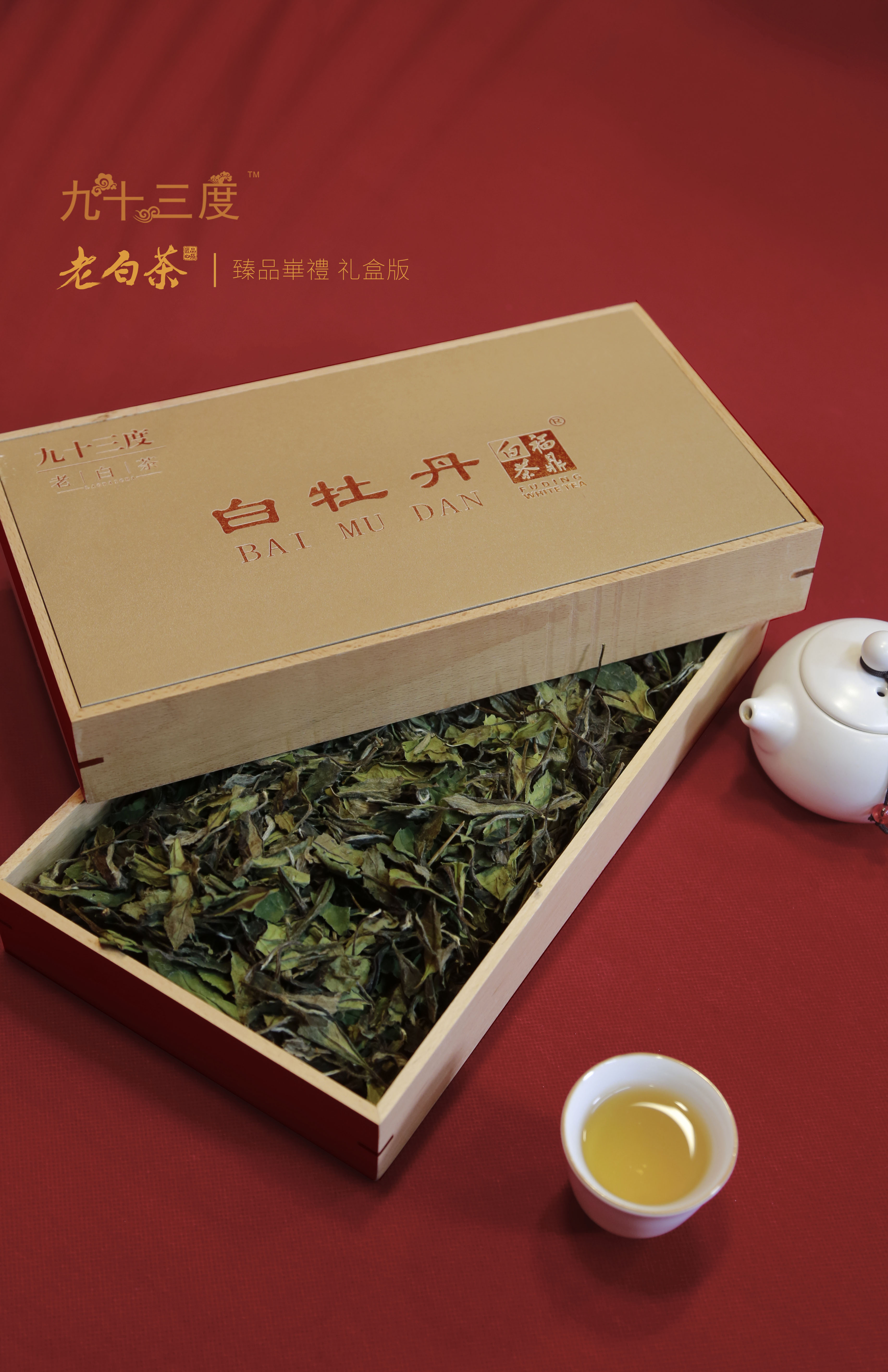
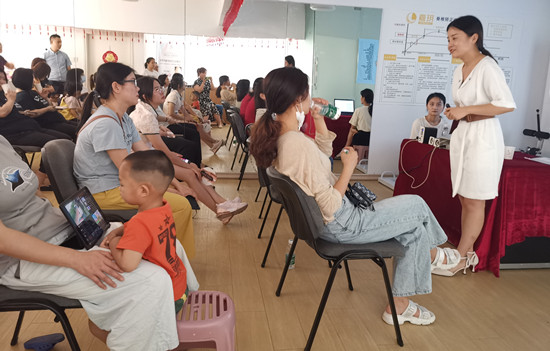
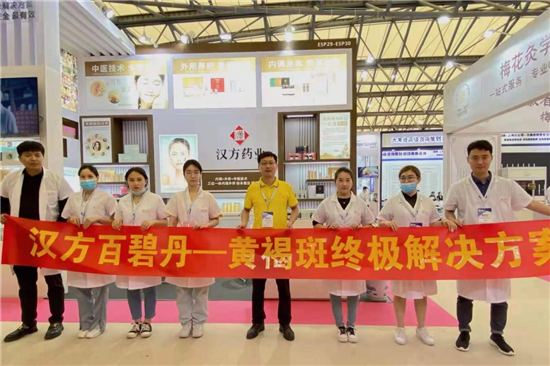
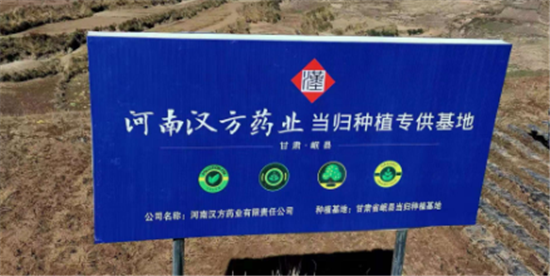
 营业执照公示信息
营业执照公示信息